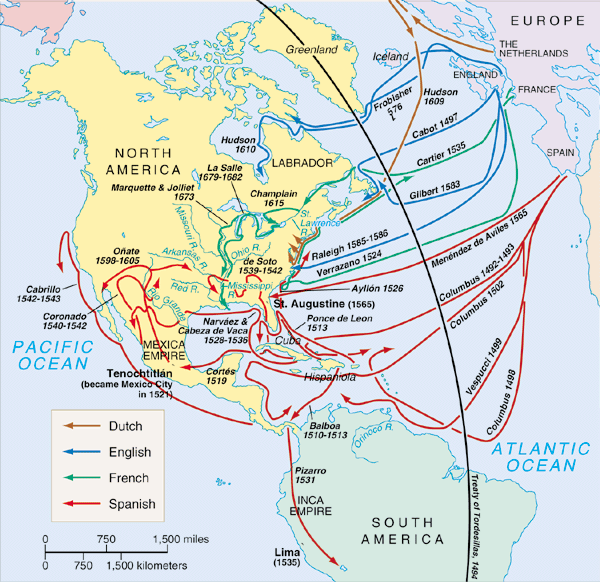George Robert Carter was born on December 28, 1866 in Honolulu, his mother was Sybil Augusta Judd (1843–1906,) daughter of Gerrit P. Judd, and his father was businessman Henry Alpheus Peirce Carter.
“His grandfather was Oliver Carter, an American sea captain engaged in the whaling industry, who first came to Honolulu during one of his whaling voyages in the late twenties or early thirties of the last century, and settled here in the thirties.” (Hawaiian Star, May 28, 1904)
“Carter went to school first in Nuʻuanu Valley … later he attended St. Alban’s College (forerunner to ʻIolani) and attended Fort Street School (which eventually became McKinley High School.)” (Hawaiian Gazette, November 24, 1903)
From the Honolulu schools Carter went to Phillips Academy, Andover, Massachusetts, and graduating there in 1885, entered the Sheffield Scientific school of Yale University where he finished a three years’ course in 1888.” (Hawaiian Gazette, November 24, 1903)
“Carter, always took a healthy interest in athletic sports and while at Yale was a member of the Varsity football teams of ’86, ’87 and ’88 and was also a member of the Yale boat crews of ’87 and ’88.” (Hawaiian Gazette, November 24, 1903)
He formed a rowing club with a few friends, including a friend from Hawaii Hiram Bingham III (my great uncle.) (Yale-edu) (Hiram Bingham III married into the Tiffany fortune, taught history and politics, and on July 24, 1911 rediscovered the “Lost City” of Machu Picchu – and, reportedly, was the inspiration for the Indiana Jones character.)
Carter married Helen Strong, daughter of Eastman Kodak president Henry A Strong on April 19, 1892. They had four children: Elizabeth (born August 25, 1895), Phoebe (born September 27, 1897), a daughter who died on June 17, 1903, and George Robert, Jr. (born November 10, 1905).
In 1895 Carter returned to Hawaiʻi to become the cashier of C Brewer & Co., where his father had been a senior partner from 1862 to 1874. From 1898 to 1902, he helped organize and manage the Hawaiian Trust Company, and was managing director of the Hawaiian Fertilizer Company. In addition, he served as a director for Bank of Hawaii, C. Brewer and Alexander & Baldwin.
Carter was elected to the Hawaii Territorial Senate, representing Oʻahu, in 1901. While a territorial senator, he was sent to Washington as an unofficial agent to discuss territorial matters with President Teddy Roosevelt.
Roosevelt later appointed Carter Secretary of the Territory in 1902 and then Territorial Governor in 1903, succeeding Sanford B. Dole who resigned to become a federal judge (Carter was Governor from 1903 – 1907.) (Yale-edu)
In 1905, during Carter’s administration, the current system of county governments was created; the five county governments (Oʻahu, Maui, Kauaʻi, Hawaiʻi and Kalawao) took effect on January 1, 1906. (Oʻahu County later became the City and County of Honolulu in 1909.)
In the late-1920s, Carter built ‘Lihiwai’ (water’s edge) with 26 major rooms and over 26,000-square feet under roof, it is reportedly “the largest and finest private residence ever constructed in Hawaiʻi (with the exception of ʻIolani Palace.)” (NPS)
Two waterways (an ʻauwai and Nuʻuanu Stream) flow through the property, thus the property’s name. You cross the ʻauwai over a coral bridge.
Completed in 1928 (and occupied by the Carters from 1928-1945,) the home was designed by Hardie Phillip (he was the architect for the Honolulu Academy of Arts (built at the same time (1927-28), and the C. Brewer and Co. Building (1929.))
The entire building is built of shaped bluestone set in concrete and steel reinforced cement, and all the perimeter walls are 2 – 3-feet thick with the exception of the end walls, which are 6-feet thick.
Originally, the building was connected to two smaller structures — by a breezeway on the eastern side and by the porte-cochere on the western side (these structures were separated in 1957.)
The roof over the front portion of the house is a double pitched hipped style roof made of flat Spanish terracotta tiles. The beams in the attic that support the roof are all steel I beams, and the hand carved eave beams (and supporting wood) are all teak. One concrete chimney rises from the roof and serves all 3 interior fireplaces.
The floors of the vestibule, downstairs foyer, upstairs foyer, upstairs hallways, and upstairs rear balcony are made of stone. The drawing room floors are ʻōhiʻa (ʻŌhiʻa lehua) parquet, and the formal dining room, music room, and upstairs bedrooms and guest suites have ʻōhiʻa strip flooring; slate is in other rooms.
The property was originally 10-acres, all professionally landscaped, but the estate was subdivided and sold in 1945 after the death of Helen Strong Carter. Today, the property includes the original house on a little over 1-acre.
Carter died February 11, 1933; he is buried at Oʻahu Cemetery. (Lots of information from Yale-edu and NPS.)































